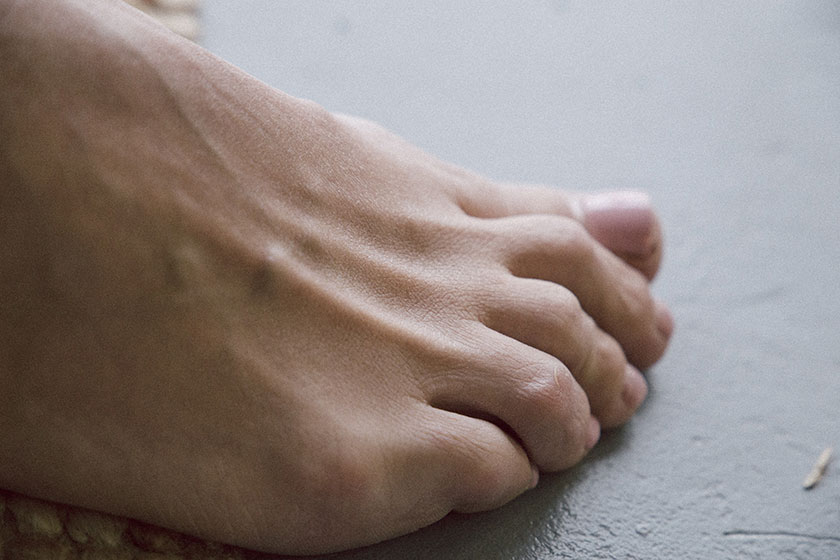Plantar fasciitis is the technical name given to pain caused by strain of the plantar fascia tissue in your heel.
It’s a common problem I see regularly.
How can you treat plantar fasciitis?
Many people just live with this pain – but you don’t have to.
Most of the time, plantar fasciitis can be treated effectively without surgery.
We use medical imaging, such as x-rays and ultrasound, to help us find out the exact cause and then work towards alleviating the pain.
There are various treatment options,depending on your individual needs.
Podiatrists will also often create an exercise rehabilitation program to gain mobility, improve strength and function in the foot, ankle and lower limb
What is the plantar fascia tissue?
The plantar fascia is a thick, broad band of tissue, which attaches to the heel bone, fanning out and attaching to the metatarsal bones in the ball of the foot.
It’s a ligament that helps keep the bones and joints of the bottom of our foot in position and also allows us to push off from the ground, mostly when we move forward or upward.
What causes pain?
Common causes of pain are often foot structure, gait abnormalities, lower limb muscle weakness or imbalances or tight posterior chain.
When we bruise, or overstretch this ligament, it can cause pain in our heel.
It’s sometimes nicknamed policeman’s heel or jogger’s heel because of its prevalence among people who are on their feet a lot.
Any surgical procedure carries risks. Make sure you discuss all possible risks with an appropriately qualified health practitioner.







